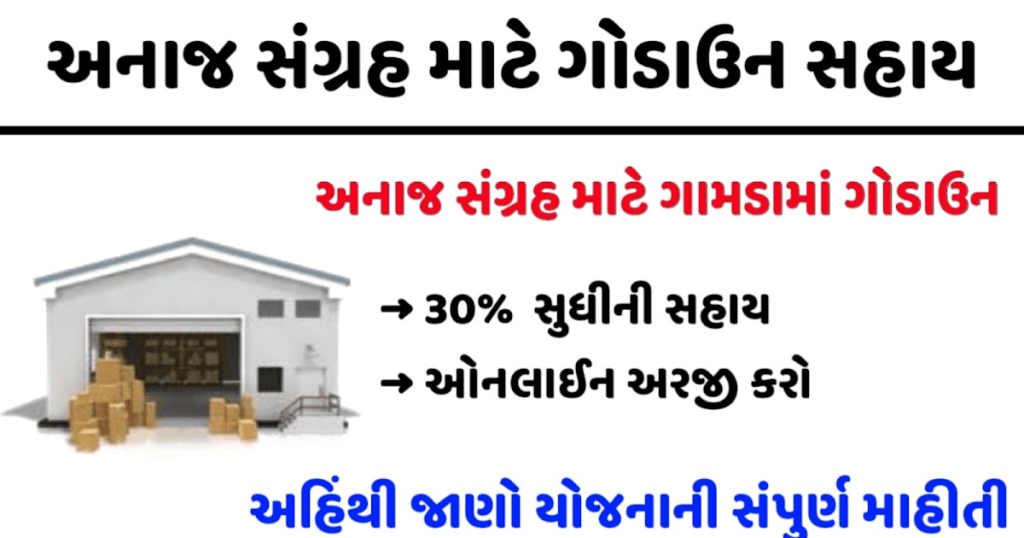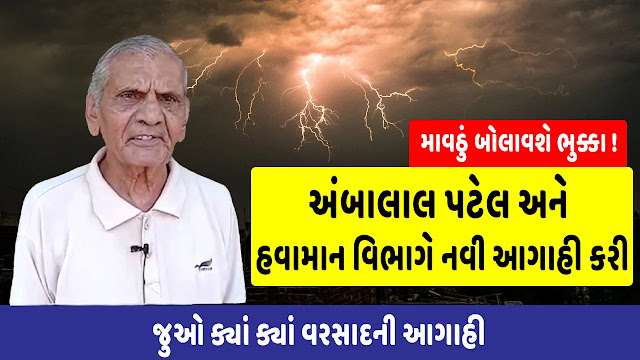most clever life hack come in all shapes and sizes, from ingenious ways to simplify daily tasks to creative solutions that make life a little more enjoyable. One of the most clever life hacks I’ve learned is the concept of the “Two-Minute Rule.” This simple yet powerful principle can significantly enhance productivity and help manage procrastination effectively.
The Two-Minute Rule:
The Two-Minute Rule is a productivity strategy introduced by David Allen, the author of the bestselling book “Getting Things Done.” The essence of this rule is straightforward: If a task takes two minutes or less to complete, do it immediately. The underlying philosophy is to tackle small tasks right away instead of deferring them, ultimately preventing a buildup of minor responsibilities.
How the Two-Minute Rule Works:
- Identify Small Tasks:
- The first step is to identify tasks that can be completed in two minutes or less. These are typically quick, straightforward actions that don’t require extensive planning or preparation.
- Immediate Action:
- Once you identify a task that falls within the two-minute timeframe, commit to taking immediate action. Avoid the temptation to delay or procrastinate.
- No Overthinking:
- The rule encourages a “no overthinking” approach. Since the tasks are small, spending excessive time contemplating them can be counterproductive. Trust your instincts and make swift decisions.
- Consistent Application:
- The power of the Two-Minute Rule lies in its consistent application. Whether it’s responding to emails, organizing your desk, or making a quick phone call, if it takes two minutes or less, address it promptly.
Why the Two-Minute Rule is Clever:
1. Overcoming Procrastination:
- Procrastination often stems from the perception that a task is too overwhelming or time-consuming. The Two-Minute Rule circumvents this by focusing on bite-sized, manageable tasks. Overcoming procrastination becomes easier when tasks are broken down into smaller, more achievable steps.
2. Building Momentum:
- Completing a series of quick tasks creates a sense of accomplishment and builds momentum. This positive momentum can carry over into larger, more complex tasks, making it easier to transition to more substantial work.
3. Maintaining a Clear Mind:
- The Two-Minute Rule contributes to maintaining a clear and uncluttered mind. By promptly addressing small tasks, you prevent them from accumulating and creating mental noise. This clarity allows you to focus on more significant priorities without distraction.
4. Time Efficiency:
- Time efficiency is a key benefit. Instead of spending time thinking about when to tackle small tasks, the rule promotes an immediate approach. This saves time in the long run and prevents a backlog of minor chores.
5. Establishing Good Habits:
- The Two-Minute Rule serves as a mechanism for establishing good habits. It encourages a proactive and disciplined approach to task management. Over time, consistently applying this rule can lead to more efficient habits in handling various aspects of life.
6. Stress Reduction:
- Small, unresolved tasks can contribute to stress and anxiety. The Two-Minute Rule reduces stress by addressing these tasks promptly. It’s a preventive measure against the cumulative impact of unresolved responsibilities.
7. Enhancing Productivity:
- The rule aligns with the broader goal of enhancing overall productivity. By efficiently handling smaller tasks, you create a more streamlined workflow, leaving room for more substantial projects and goals.
Real-Life Application:most clever life hack
Let’s delve into a few real-life scenarios to illustrate how the Two-Minute Rule can be applied:
Scenario 1: Email Management
- You open your inbox and see several emails that require quick responses or actions, such as confirming a meeting time or providing brief information. Instead of leaving them for later, you apply the Two-Minute Rule and address them immediately. This not only clears your inbox promptly but also prevents these quick tasks from piling up.
Scenario 2: Decluttering Workspace
- Your desk has accumulated a few items that need organizing—a stack of papers, pens, and a few stray Post-it notes. Applying the Two-Minute Rule, you take a couple of minutes to file the papers, arrange the pens, and dispose of unnecessary items. Your workspace is now tidier, and the task didn’t escalate into a major cleaning session.
Scenario 3: Making a Quick Call
- You realize you need to make a brief call to confirm an appointment or inquire about a specific detail. Instead of postponing it, you apply the Two-Minute Rule and make the call immediately. This ensures that the task doesn’t linger on your to-do list, and you can cross it off swiftly.
Scenario 4: Task Prioritization
- You have a list of tasks for the day, ranging from complex projects to smaller administrative items. Applying the Two-Minute Rule, you identify and address the quick tasks first. This creates a sense of accomplishment and frees up mental space to focus on the more substantial tasks with greater concentration.
Potential Challenges and Considerations:
While the Two-Minute Rule is a powerful life hack, it’s essential to acknowledge potential challenges and consider variations based on individual preferences and circumstances:
1. Task Evaluation:
- Evaluating whether a task truly takes two minutes or less can sometimes be subjective. Use your judgment and aim for tasks that are genuinely quick and don’t require extensive time.
2. Context and Environment:
- Consider the context and environment in which you apply the rule. While it works well for individual tasks, certain situations may require a different approach, especially in collaborative or team-based projects.
3. Adjusting for Personal Workflow:
- Individuals have different work styles and preferences. Some may prefer batching small tasks together at specific times, while others thrive on immediate action. Adapt the Two-Minute Rule to align with your personal workflow.
4. Task Interruptions:
- Be mindful of potential interruptions. If a task is interrupted, evaluate whether it still falls within the two-minute timeframe or if it requires additional time after the interruption
![]()



